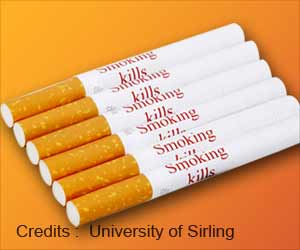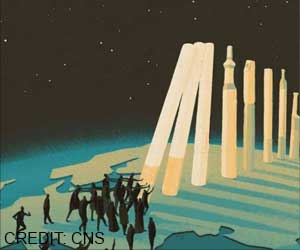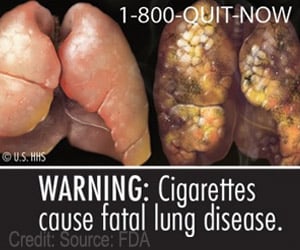A United Nations report has warned synthetic drugs are replacing traditional plant-based narcotics such as heroin and opium across Asia.

The drugs are a "critical emerging threat to the region", said the report released Thursday by the United Nations Office on Drugs and Crime (UNODC).
Myanmar is the region's main source of methamphetamines, with clandestine laboratories operating in its troubled eastern border regions using materials smuggled from China and Thailand, the report said.
But international organised crime groups have also increased their involvement with the regional drugs trade.
Amphetamine-type drugs (ATS) were manufactured in all but three countries in the region in 2009 and were in the top three drugs of use in every country.
"The increased manufacture and use of ATS is a worrying trend and a growing health challenge for the region," UNODC executive director Yury Fedotov said.
Advertisement
Also on the rise was the use of ketamine, a drug used in human and veterinary medicine but also used recreationally as a cheaper alternative to drugs such as ecstasy.
Advertisement
In Hong Kong ketamine had now become the primary drug of use.
Drug treatment services in many parts of the region were unable to keep up with the new trend for synthetic drugs, said the agency.
"Most drug treatment services in the region are still aimed at users of heroin, opium and cannabis despite this shift toward ATS use," said a UNODC statement.
Between 3.4 million and 20.7 million people in the region had used amphetamines in the past year, said the report, out of 14 million to 53 million global users.
International organised crime groups were increasingly involved with the regional drugs trade, the report said, especially those from Iran and West Africa.
Lab-based drugs, distributed as pills, powder or crystals, escaped the traditional constraints of plant-based crops, which are dependent on geography and climate, said UNODC policy analysis director Sandeep Chawla in a statement.
"By being able to produce ATS in their basements and backyards, criminals are presented with new opportunities which must be denied," she said.
"This means that there is no long trafficking route along which law enforcement can intercept the drugs... ATS thus pose very different challenges for law enforcement."
Source-AFP











